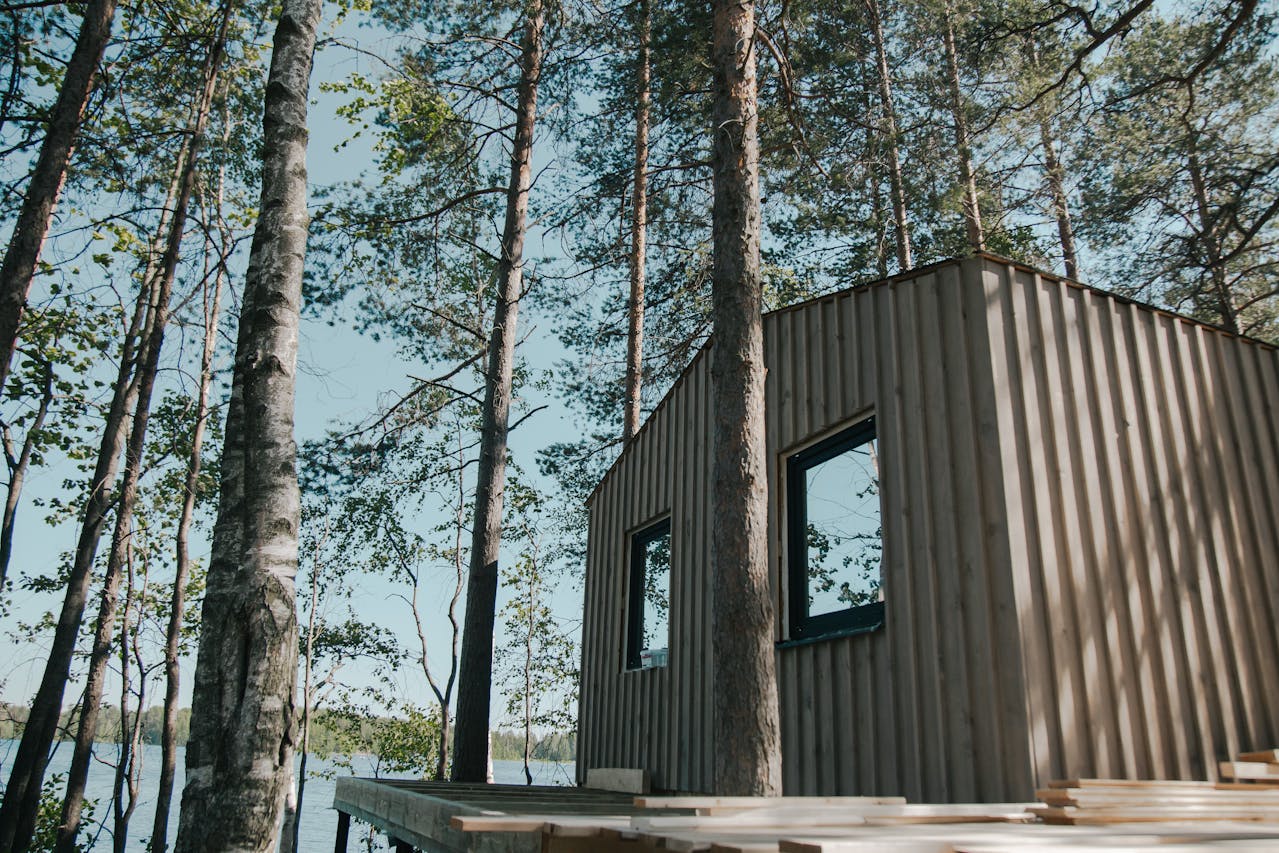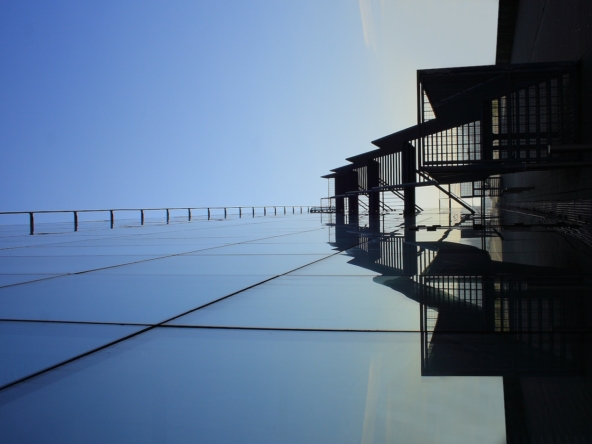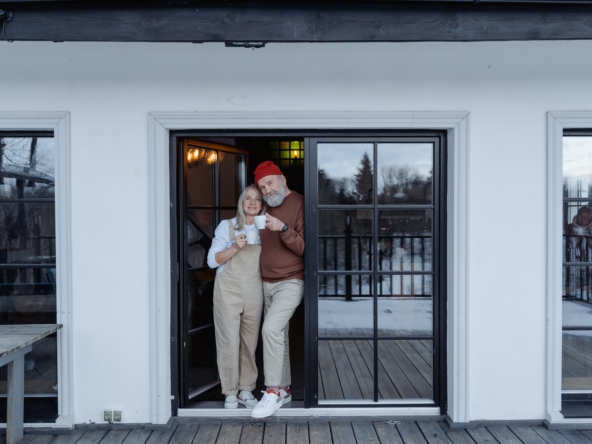There’s a quiet revolution happening across the forests, fields, and remote lakeshores of Canada, a revolution powered not by protest or politics, but by a growing desire to unplug. Off-grid prefab homes, once the domain of fringe survivalists and backwoods eccentrics, are now entering the mainstream consciousness.
But what’s behind this shift?
Why are more Canadians, from suburbanites to retirees, choosing to disconnect from the grid?
To answer this, we have to start with a simple idea: dependence. Trends don’t emerge by accident. They reach a tipping point, a convergence of psychological, cultural, and technological readiness. The rise of off-grid prefab homes is not a housing fad, it’s a response to our fractured relationship with the systems we rely on every day: power, water, housing, and even food.
The Tipping Point of Independence
Imagine a winter storm knocks out power for five days. In a traditional home, you scramble for batteries and hope the fridge lasts. In an off-grid prefab home, your solar batteries kick in, your radiant heat keeps you warm, and your water tank stays full. That’s not luxury, that’s liberation.
This shift didn’t start with architects or environmentalists. It started with stories. Those of homesteaders, outdoor adventurers, and weekend warriors who decided that sustainability wasn’t a statement, but a strategy. They planted the seeds. Then came the modular homebuilders, the green tech innovators, and the Ontario families tired of power outages and rising hydro bills.
Prefab builders saw this.
They didn’t just respond, they adapted. They created homes that could be shipped to the edge of nowhere and still feel like somewhere you’d want to stay forever.
What Exactly Is an Off-Grid Prefab Home?
Let’s clarify. An off-grid prefab home is a modular, factory-built structure designed to function without municipal hookups. It’s not a cabin. It’s not a yurt. It’s a house, with real insulation, real plumbing, and real power.
Except the power comes from the sun, not the grid.
The modern off-grid home is a convergence of technologies: solar arrays, lithium-ion batteries, triple-glazed windows, SIPs (structurally insulated panels), and off-grid home heating systems. These aren’t compromises. They’re upgrades.
These homes aren’t just practical, they’re friggin sticky. The kind of idea that lingers after you see one, because it makes so much intuitive sense.
Our Favourite Off-Grid Prefab Homes (Canada & Beyond)
Every revolution needs its icons. These are the some of our favs in terms of prefab home builders turning heads, and changing minds.
Especially when it comes to off-grid living.
1. CABN Homes – The Philosopher’s Bunker
You won’t find drywall and duct tape here. CABN Homes are net-zero sanctuaries built with passive house principles and modern Scandinavian simplicity. FSC-certified timber, integrated solar, and triple-sealed everything make it a fortress of mindfulness.
2. EkoBuilt Passive Homes – The Pragmatist’s Retreat
Ottawa-based and hyper-efficient, these homes are the embodiment of low-tech genius. Designed to hold heat like a thermos, EkoBuilt homes show that sustainability doesn’t need to shout.
It just needs to work.
3. Lloyoll Prefabs – The Minimalist’s Canvas
Picture it: black cedar siding, 90-degree angles, a woodstove in the corner, and nothing but sky and lake out the window. These Nova Scotia builds are equal parts sculpture and shelter.
4. Backcountry Hut Company – The Designer’s Survival Kit
Based in BC, this modular system is IKEA-meets-REI. Snap-together cabin kits that look like they were dropped from space, but with a blueprint rooted in simplicity.
5. Ecocapsule – The Futurist’s Pod
This is not your grandpa’s cabin. Wind-powered, solar-powered, and spaceship-shaped, the Ecocapsule belongs on a mountain peak or a movie set. It’s the ultimate proof that form can follow function all the way off the grid.
For those considering alternatives, off-grid modular homes and energy-efficient prefab home kits are also gaining traction as flexible, scalable options.
Why Now? The Canadian Context
Canadians are uniquely positioned for off-grid living. We have vast geography, a culture of self-reliance, and the kind of winters that turn infrastructure into an unreliable luxury.
Add in the emotional cocktail of eco-anxiety, housing market fatigue, and a renewed respect for nature post-pandemic, and you have the perfect storm for prefab liberation.
Off-grid prefab homes are not escape pods. They are reentry vehicles. Back into autonomy, intention, and ecological balance.
Barriers and Bridges: What to Know Before You Build
Before you start mapping out your solar orientation and grey water loop, a few practicalities:
- Zoning & Permits: Some municipalities still see “off-grid” as a red flag.
- Initial Costs: Expect $100K to $400K+. It’s not cheap, but neither is your friggin mortgage plus hydro plus winter-proofing. For those seeking cheap off-grid homes, shell kits and minimal-footprint designs may offer entry-level solutions.
- Logistics: Your land needs road access. Your house needs a crane. Your dream needs a plan.
Yet for many, these aren’t dealbreakers. They’re design challenges. And solving them is part of the joy.
Frequently Asked Questions
How much does an off-grid prefab home cost in Canada?
Costs range from $100,000 to $400,000 depending on size, systems, and finishes. Kits and shell-only options are typically more affordable.
Can you live completely off-grid in Ontario?
Yes. Prefab homes designed for off-grid use can operate independently using solar, water catchment, battery storage, and septic systems.
Are prefab homes suitable for Canadian winters?
Absolutely. Many use SIPs, energy-efficient prefab home kits, and off-grid home heating systems tailored for cold climates.
Can you finance an off-grid prefab home?
Yes. Though options may be more limited, some lenders offer eco-home or modular-specific financing packages.
The Stickiness of the Story
People don’t change because of data. They change because of narrative. So here’s the narrative:
In the not-too-distant future, the most aspirational home won’t be the biggest or the flashiest. It will be the one that works for you, not against the planet.
It will be prefabricated, precision-engineered, solar-powered, and debt-light.
And it will be yours, hopefully.



